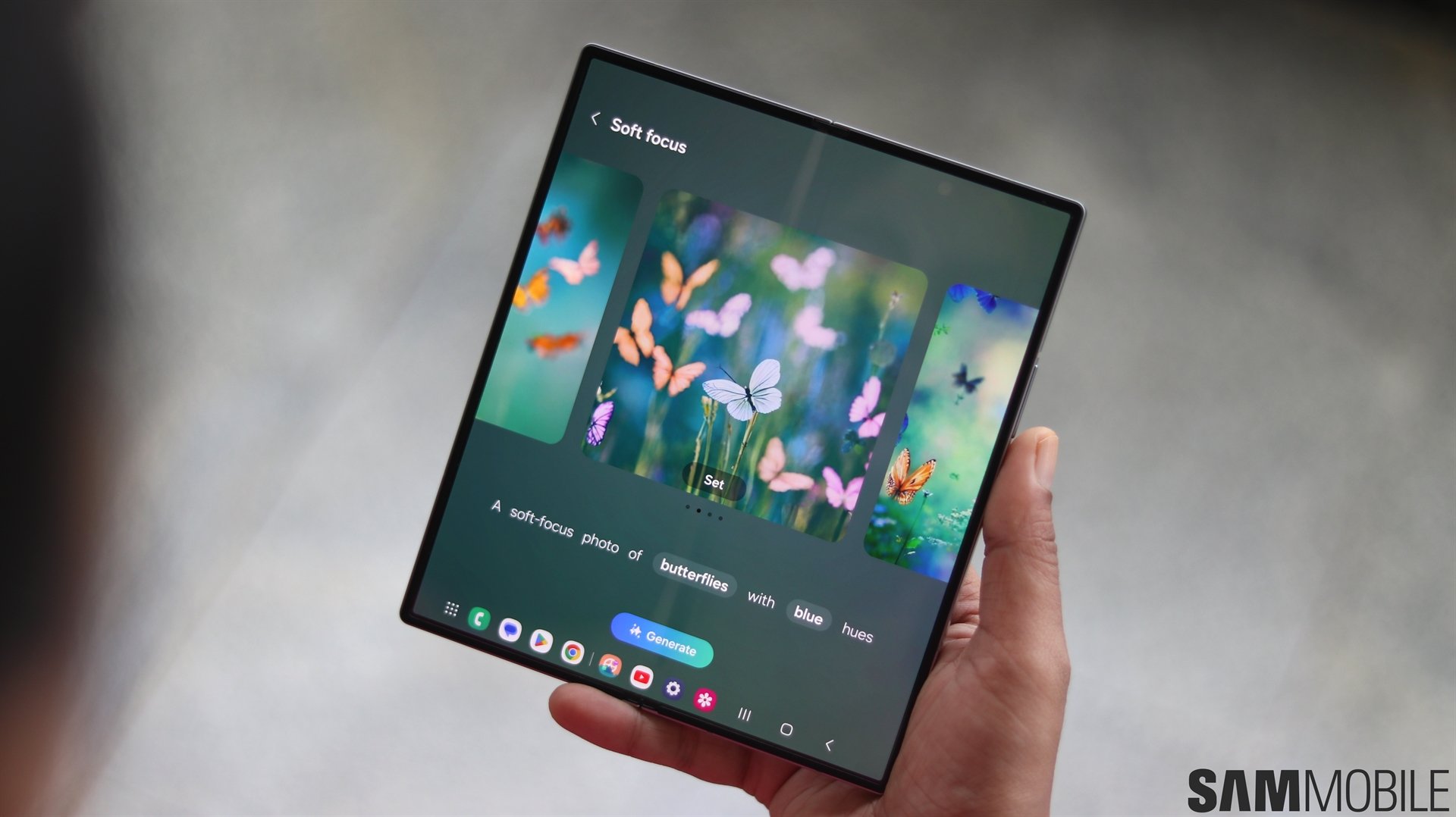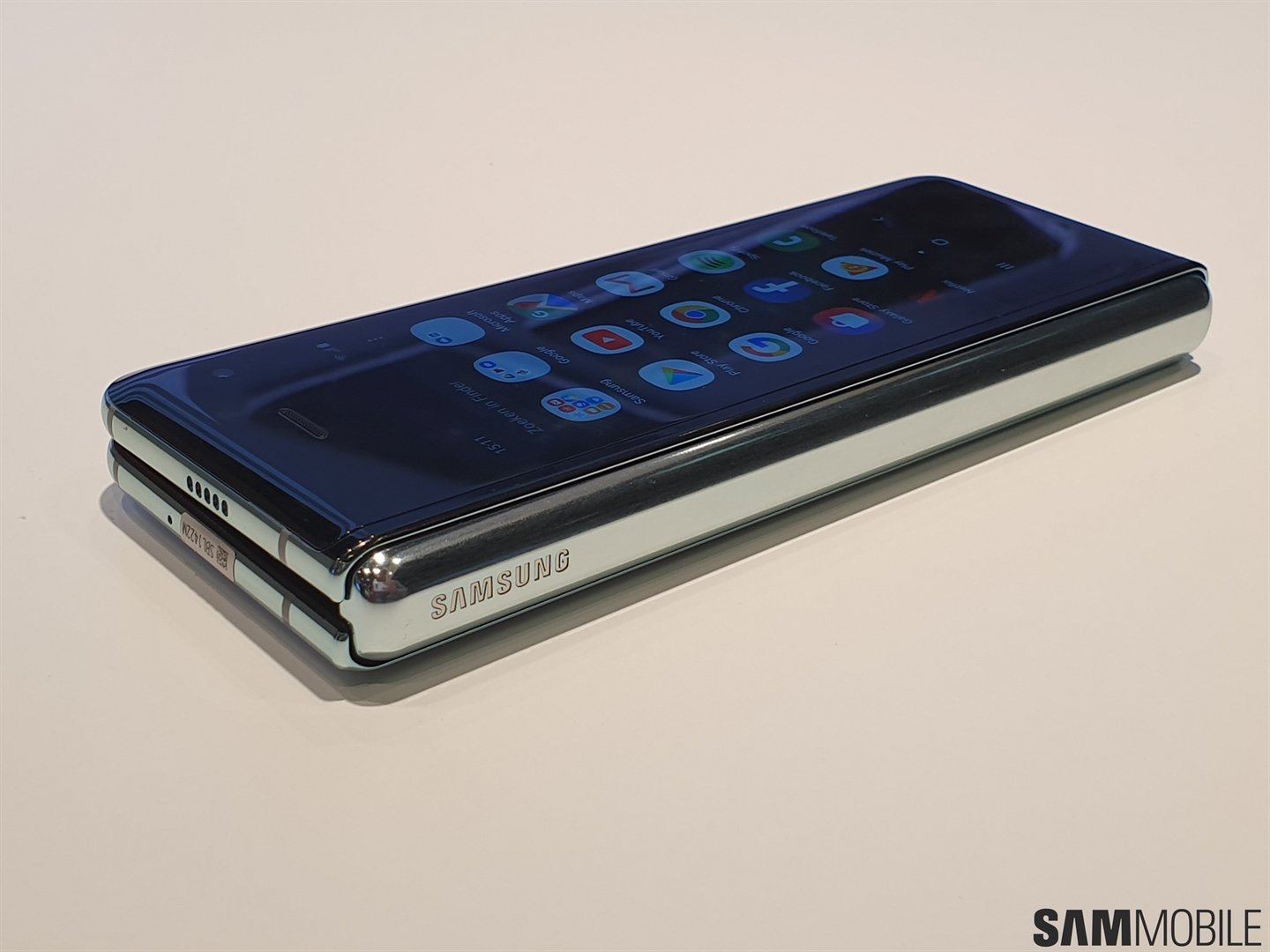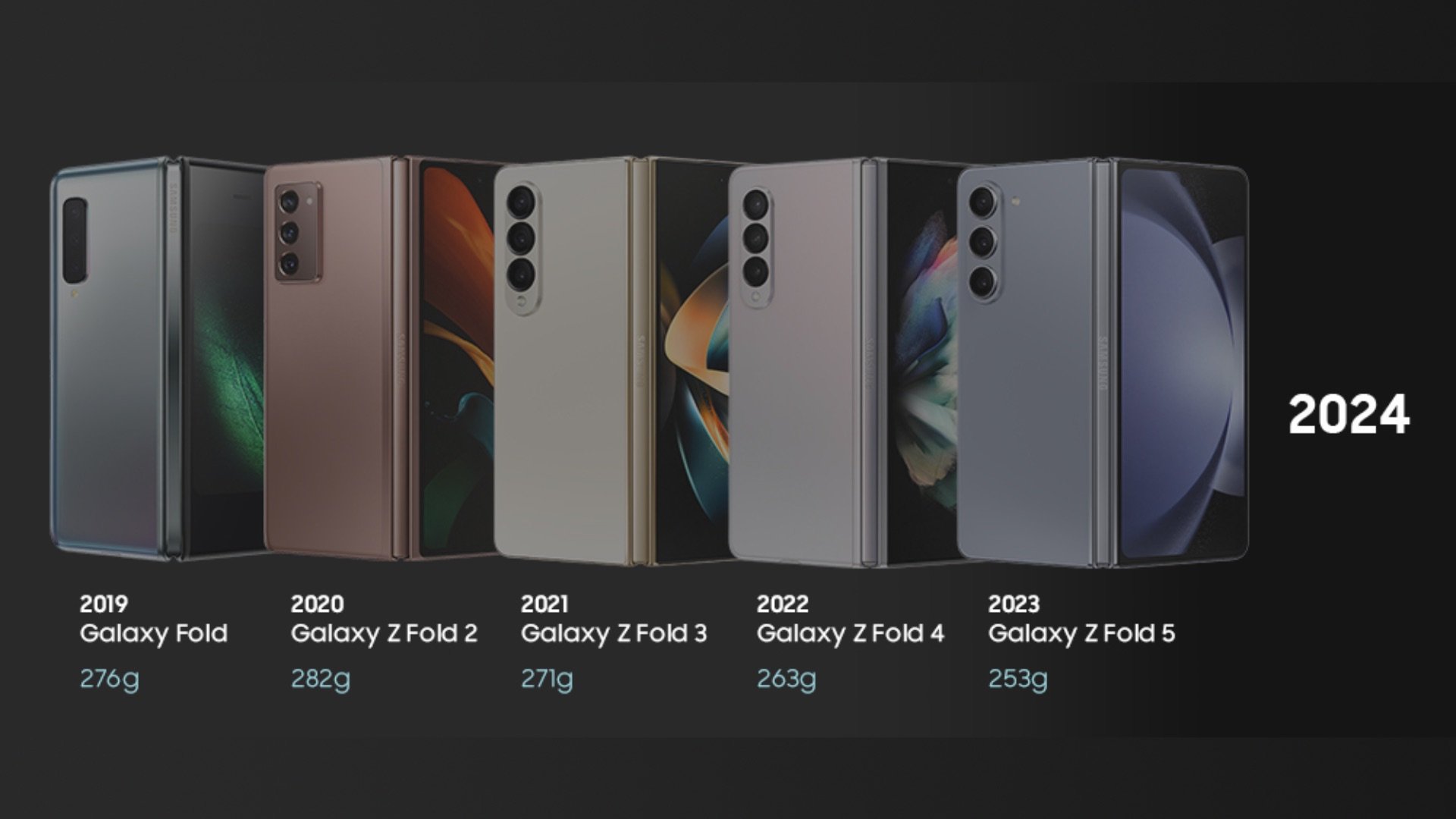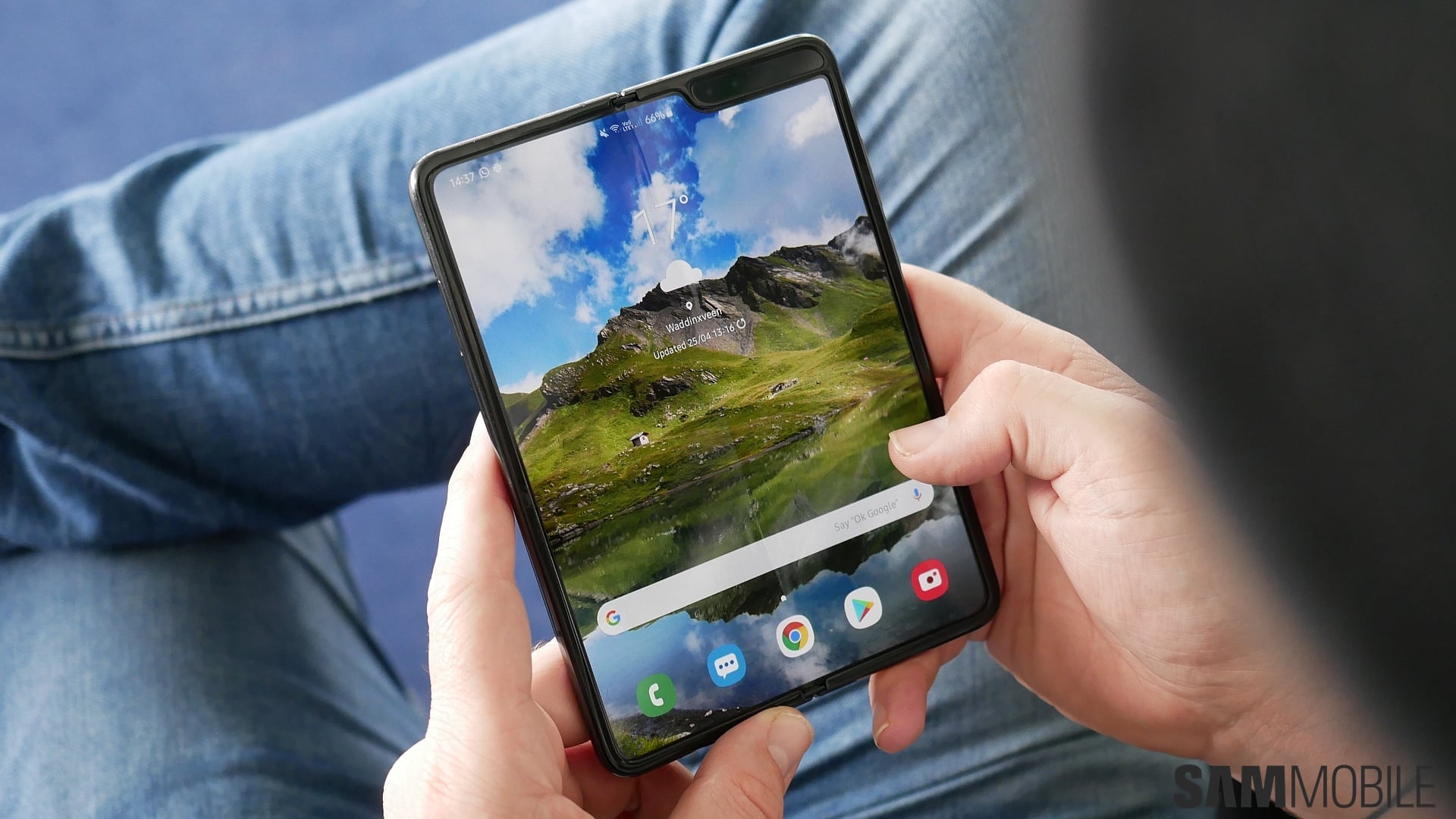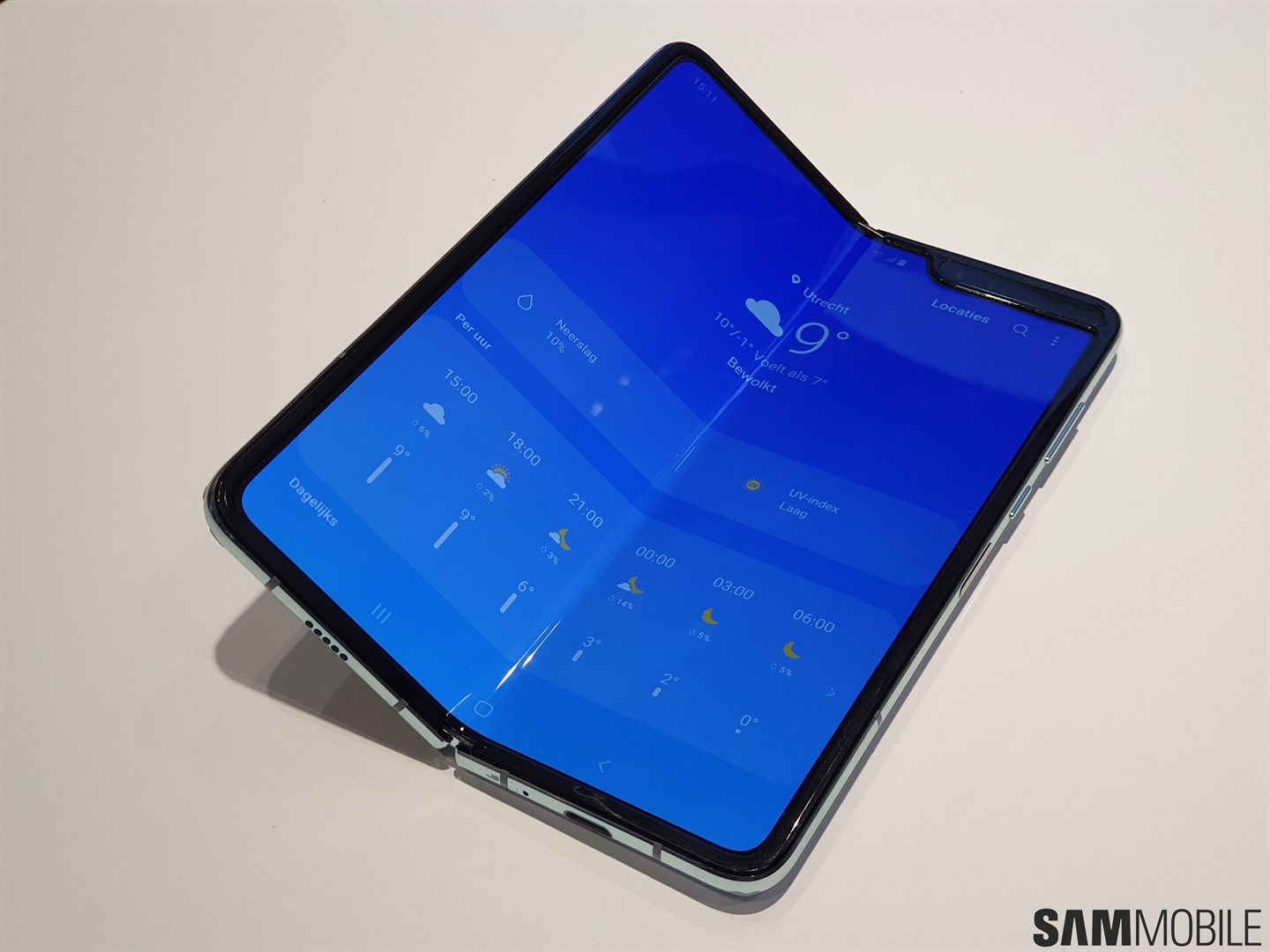
The issues only exacerbated after that. So much so that Samsung not only decided to postpone launch events, it ended up delaying the release altogether. That's despite reiterating in its initial response that the April 26 release would go ahead as planned.
Galaxy Fold was meant to validate Samsung's innovator credentials
The Galaxy Fold was the culmination of eight years of research. It was meant to make Samsung stand out from the competition. The company really wanted to be the first to put a mass-produced foldable smartphone on the market. It got very close to doing that.
Many have now been linking this debacle to the Galaxy Note 7 fiasco. Samsung had rushed ahead with new technology back then and this is viewed as a similar move to introduce new technologies in order to meet corporate goals. That being said, Samsung suffered an intense blow to its reputation because of the Galaxy Note 7 and lost billions of dollars. The Galaxy Fold hadn't been released so it was able to quickly put a lid on it.
The Galaxy Fold started off as a display panel project at Samsung. Bloomberg reports that the idea was to change the perception that Samsung was a “fast adopter” instead of a true innovator. A smartphone like the Galaxy Fold would certainly prove its credentials as an innovator. Though one can argue that Samsung has a long history of innovating in the smartphone market. The dual-edge curved displays it introduced with the Galaxy S6 edge is just one simple example.
The report mentions that initial prototypes of the phone would crack like a dried sheet of paper if folded around 10,000 times. Samsung knew the potential, though, and it hired mechanical engineers who were tasked with building a hinge about the size of a finger. It has certainly come a long way since then as the Galaxy Fold is rated to withstand 200,000 folds. This works out to around 100 folds per day for five years.
Samsung had realized that the cracks could be prevented by evenly distributing the pressure. It encouraged engineers to file as many patents as possible to prevent the competition from taking the lead. That's one of the reasons why we have seen countless patents related to the foldable smartphone in the past few years.
People familiar with the matter say that initial investigations of the failed Galaxy Fold units pointed the finger at user error. The reviewers had removed a top layer of film on the foldable display which they were not supposed to do. We have already examined those cases in detail. The designers, on the other hand, were reportedly “preoccupied” with perfecting the crease where the device folds.
Questions are now being raised about Samsung's internal processes after it acknowledged in a press release that its investigation shows that “impact on the top and bottom exposed areas of the hinge” led to display damage. It's unclear what changes Samsung will make but it has promised to improve the display protection. Samsung hasn't said what the new Galaxy Fold release date will be so those who have their pre-orders in can expect to wait for a few weeks at least.














